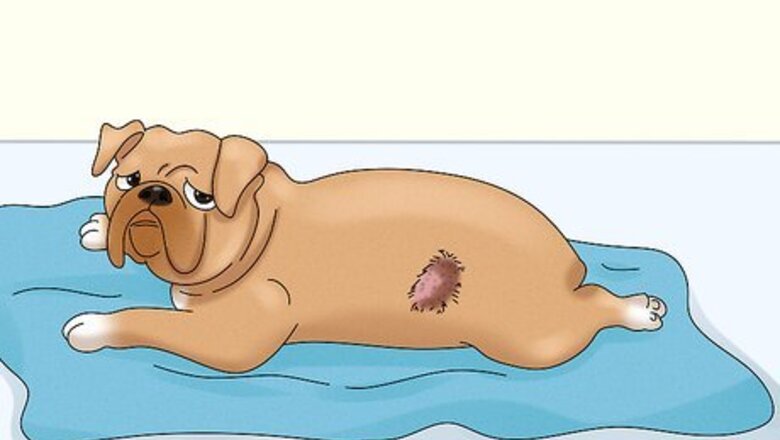
views
Background
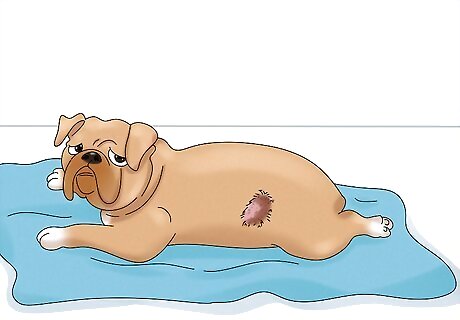
A stomach ulcer is a spot of damaged tissue. The normal, healthy tissue has been eroded away, leaving the lining exposed. The exposed spot can become irritated and can easily bleed, which can be really painful and uncomfortable. Oftentimes, a stomach ulcer occurs in the mucosa, which is the outer layer of the stomach lining. But sometimes, they can be severe enough to penetrate down to the serosa (the inner layer) or even rupture the lining and cause internal bleeding.
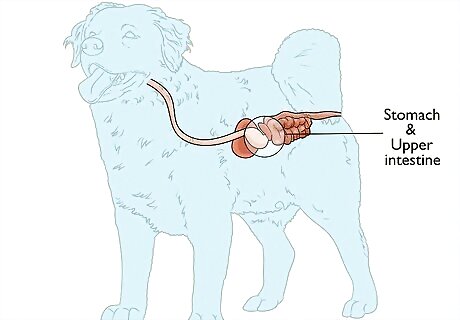
Dog ulcers are usually located in the stomach and upper intestine. The duodenum is a small section of the upper intestine located right where it connects to your dog’s stomach. When dogs they get ulcers, they’re usually gastroduodenal, meaning they pop up in the area where their stomach and upper intestinal tract meet.
Causes
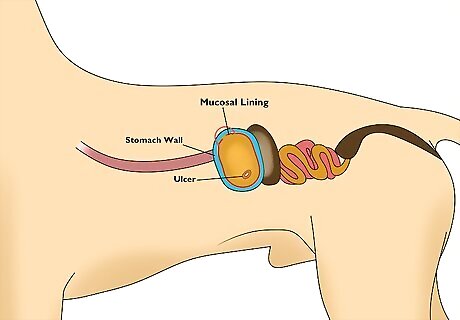
Ulcers can form if the lining of the stomach or intestine is damaged. Your dog’s stomach has a mucosal lining that keeps it protected. Similarly, their intestinal lumen, which is the opening where their stomach empties into their small intestine, comes into direct contact with food and helps them absorb nutrients. If either (or both) of these linings is worn down or damaged, then the inner lining can be exposed, which can lead to ulcers. There are many different factors that can affect your dog’s stomach or intestinal lining, which is why treating the underlying cause is the best way to get rid of ulcers.
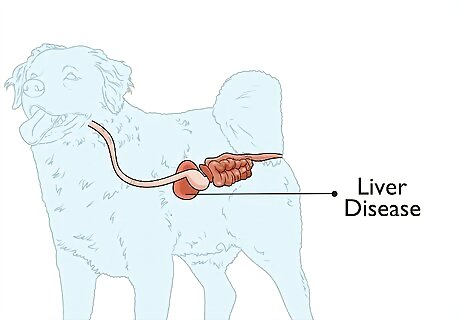
Liver disease can cause stomach and intestinal ulcers. Your dog’s liver is responsible for filtering their blood, removing waste and toxins, and keeping them healthy. If they have a hepatic (liver) disease, it can cause excess toxins to build up, which can lead to ulcers.
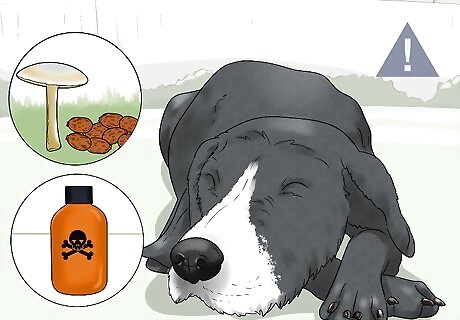
Accidental poisoning is one of the main causes. It can be in the form of plant intoxication. That means your dog may have eaten something like harmful mushrooms, castor beans, or sago palm. They may also have come into contact with pesticide, rat poison, or toxic chemicals. Heavy metals, such as zinc, iron, or arsenic can also be toxic for them.
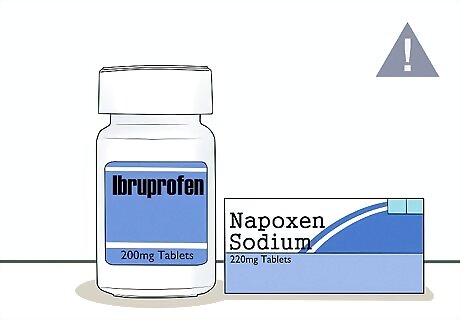
Giving your dog NSAIDs can also cause ulcers. Non-steroidal anti-inflammatory drugs (NSAIDs) like ibuprofen or naproxen can be useful pain meds, and your vet may even sometimes recommend them. But, they can also sometimes cause ulcers in dogs. To be on the safe side, don’t give your pup OTC pain meds unless your vet recommends it.
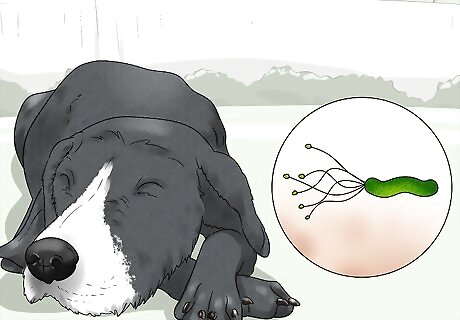
Helicobacter pylori may be a potential cause as well. H. pylori is a bacteria and the most common cause of stomach ulcers in people. However, it’s not fully understood what role, if any, the bacteria plays in causing ulcers in dogs. But, they may be one of the culprits. If that’s the case, your dog will need antibiotics to knock out the ulcers. It’s also not known if H. pylori can easily be transferred from dogs to humans, but your vet can test your dog to see if the bacteria is present.
Symptoms
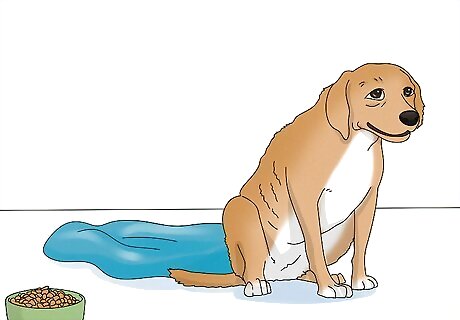
Loss of appetite and weight loss are common symptoms. Unfortunately, your pup can’t tell you when they aren’t feeling well. But there are clues you can look out for. If they have indigestion or they feel nauseated, they may not eat as much and might lose weight. If they suddenly lose weight even though you haven’t made any changes to their diet, it could be a sign of an ulcer.
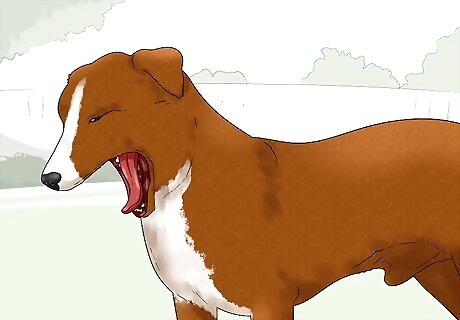
They may vomit or poop blood and have stomach pain. 90% of dogs with an ulcer will have vomiting as a symptom. They may also have fresh or dark blood in their vomit. Their stool can have a dark, tarry appearance. It’s called melena, and it’s caused by blood in their intestinal tract. Additionally, they may whine or stay in a praying position, which is when they rest on their front paws and keep their backside raised in the air, because their stomach is hurting them.
Diagnosis
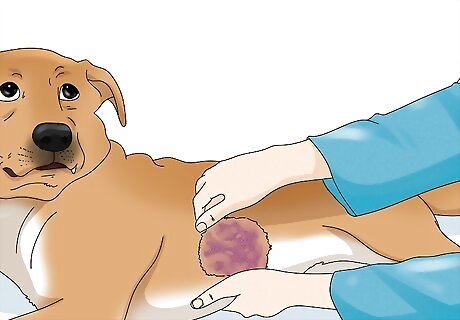
Your vet will check to see if there’s any internal bleeding first. A hemorrhage or internal bleeding could be life-threatening for your pup. The first thing your vet will likely do is examine and use a scope to look for signs of internal bleeding. They may also give your dog IV fluids if they think they’re dehydrated.
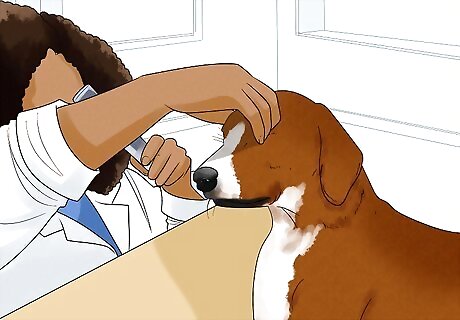
The focus will be on treating the underlying cause. Because ulcers often form because of a specific problem, your vet will try to determine just what exactly is causing them. They’ll test samples and use a scope to check your dog’s stomach and intestinal tract. It could be a formation of abnormal cells on their stomach lining, poisoning, bacteria, or irritation from some other cause. The key is to determine the exact cause so you can treat it and help the ulcers heal.
Treatment
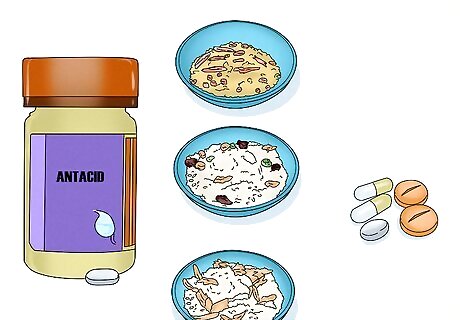
Antacids, a bland diet, and gastroprotectants are the general treatment. If the cause isn’t something serious, or your vet isn’t exactly sure what the underlying problem is, the basic treatment is to reduce irritation so the ulcer can heal. Antacids can settle your pup’s stomach and keep the acid from causing further damage. Gastroprotectants are medications that protect your dog’s stomach and intestinal lining so the ulcers can heal. A bland diet can reduce irritation as well. A few examples of bland food for your dog include lean chicken and rice, hamburger and rice, and fish with sweet potatoes.
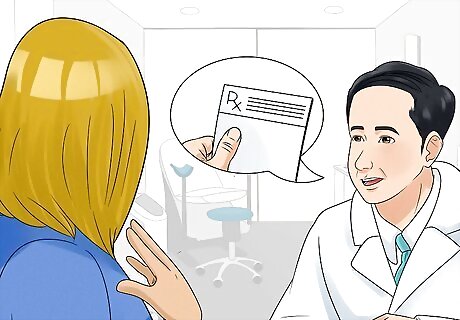
Give your dog any medications your vet prescribes. Since the potential causes can vary, your vet may prescribe a variety of medications to help your dog feel better and treat their ulcers. Whether it’s antibiotics, antacids, or any other drug, it’s really important that you give the medications to your furry friend as your vet recommends. That also means you may need to stop or change certain medications that you give your dog as well. For instance, you may need to stop giving them NSAIDs or other pain meds that could be causing the ulcers.
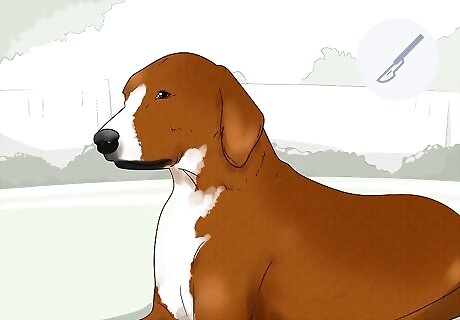
Surgery may be required for serious cases. If there’s internal bleeding or a rupture in your dog’s stomach or intestinal lining, your vet may need to operate. They’ll close up any problems and may remove damaged tissue if it’s necessary.
Prognosis
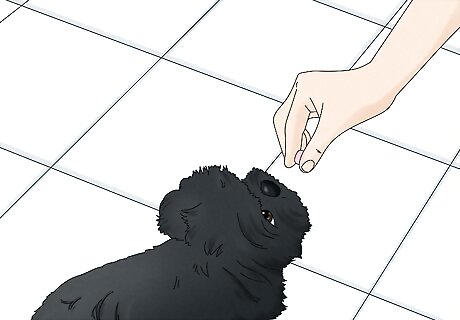
The prognosis is good if you can treat the underlying cause. The trick is to fix what’s causing the ulcers. If you can do that, then you can give your dog medications that make them feel better while their ulcers heal.
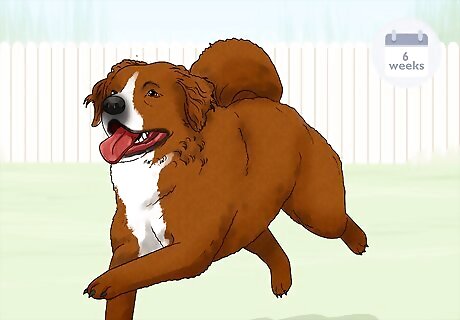
You should see some improvement within a few days. You should start to notice that your pup is starting to feel better pretty quickly. But it can sometimes take up to 6 weeks for the ulcers to fully heal. Follow the advice of your vet and keep an eye on your dog as they heal up.


















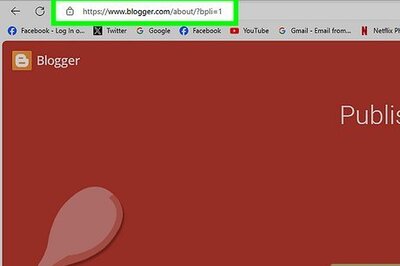
Comments
0 comment